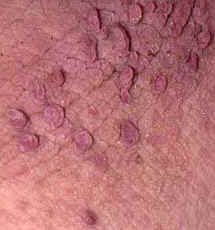- Joined
- Apr 21, 2009
- Messages
- 307
- Points
- 18
Ah onion videos are so great, I rememeber there was one on there about a mac wheel and I actually believed for a weeklol
lmao i remember that vid.
they are mad funny.

Ah onion videos are so great, I rememeber there was one on there about a mac wheel and I actually believed for a weeklol



ROFL.... I thought that Video was real at the start...
Jerry
That is NOT correct. I think what you're thinking of is ionising radiation, that indeed begins at about 315nm (for Francium and Cesium, which aren't really significant in biological terms). Chemical reactions - including damaging ones - can be caused by visible and near-IR light as well. After all, that's why you can see.blu-ray will not cause cancer, period. it doesnt matter what wavelength/color you use for damaging yourrself, once its above 3xx nm. i dont remember where radiation begins to have other effects than just thermal, but its deep in the threehundrets. 380nm and above will only have thermal effects.


